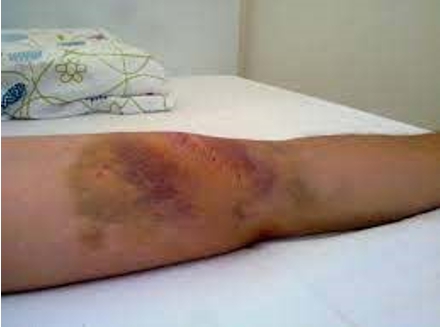Student or Client Injuries happen more often that you think
Here are some phrases that we have heard over and over again:
“We have had multiple major injuries to our students in the last 12 months”
“We might have the best treatment in the world, but if we cannot keep our clients free from injury, none of that matters”
“We have some clients that are just too dangerous for us to serve, as we currently do not have the skills to keep them safe from injury”
“Our students or clients gets hurt when we physically intervene”
Injuries to students or clients disrupt an Organization
The last thing a school or human service agency wants for their students or clients is for them to become injured. An injury to a student or client can have a large emotional impact on those who try to care about them. And of course, it can disrupt the normal teaching / treatment program that is planned for that day.
Whether the injury is caused by self-injury or aggression from a peer, a preventable injury to a student or client is a serious stain on the reputation of the organization. Why would a parent send their child to a place that has a history of repeated injuries?
A school or agency might have a great clinical staff and a great treatment program, but all of the progress that is (or could be) made is overshadowed by a high rate of injury. When a student or client becomes injured, the potential of the injury to set back treatment is large, and many times any progress made prior to the injury is erased.

The solution: A system that applies the science of ABA throughout every situation, including physical-restraint procedures
The best way to reduce student/client injuries is to use the science of Applied Behavior Analysis. A crisis management system that is founded on the principles of ABA should start with Prevention strategies (things to do when everything is still going great) and continue all the way through post crisis strategies (things to do when the crisis is over).
It has to marry the science of Natural Body Positioning with ABA to create a safe system of physical procedures that is non-coercive, painless and always considers the dignity of the student/client.
PCM is the only system that applies ABA in all of its strategies and procedures, resulting in a dramatic reduction of student/client injuries
Case Study
The PCMA tracks the results of PCM with its clients:
Starting organizations have no improvement numbers to report, but most of our clients are organizations that used other crisis management systems:
- 73% of these customers surveyed reported that the number of student injuries were cut at least in half,
- with 40% reporting an 80% or greater reduction in student injuries!

